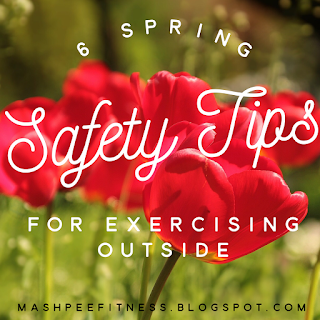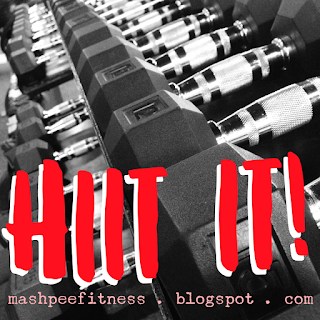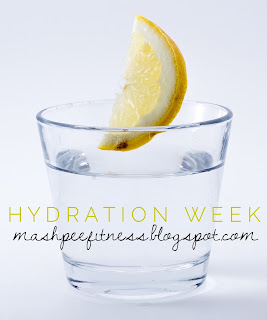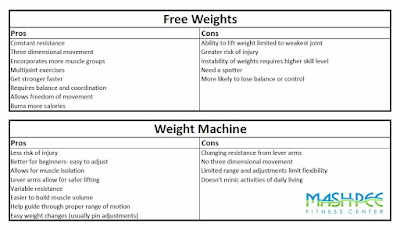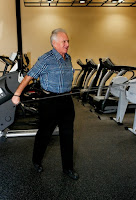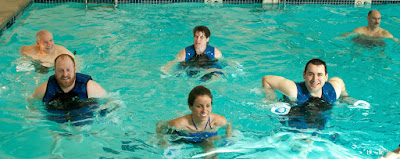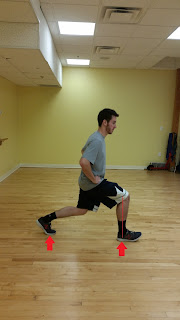Now
who doesn’t do squats and lunges as a part of their workout routine?
Squats
and lunges are great multi joint exercises utilizing multiple muscle groups,
making them very effective and useful in a variety of exercise programs. Not
only do squats and lunges strengthen, but they help with balance, stability,
and can even improve your gait. Performing an improper squat or lunge, however,
can result in some pretty bad pain. Unfortunately, knee pain/injuries are
common, especially in women. Protecting your knees with proper alignment will
allow you to get the most out of your exercises. Maintaining good form will
also save your back, so pay attention!
1.
Avoid driving the knee forward; keep your weight in
the heels!
·
Many have heard
to “never let the knee over the toe.” This is a common phrase used by trainers
and therapist. What this is really getting at is to avoid forward movements
from the knee during the squat or lunge. Pressing the knee too far forward puts
an anterior shearing force on the ligaments that support the knee. Try to track
your knee over your little toe on the foot, this way you should still be able
to see your feet and avoid excessive forward movement.
·
Do not go up on
your toes! The weight- especially in a squat- should be distributed into your
heels. Toes should be forward. When stepping forward into a lunge, keep the
weight in the heel of the leg you are actively stepping with and in the ball of
the foot on the trail leg.
2.
Keep your shins over your ankle
·
The goal is to
try and keep a somewhat vertical lower leg. While it may lean slightly forward,
you do not want the knee to move in a different direction than the ankle joint
(ex. knees collapsing inward). The stance can be wide, narrow, or hip width on
a squat so long as the knee ankle alignment is correct. For a lunge, look for a
right angle from the thigh to the knee to the ankle, keeping the knee in line
with the ankle.
3.
Start with a pelvic tilt first then hinge at your
hips!
·
The pelvic tilt
is critical to avoiding back pain and allowing activation of the powerful
gluteal muscles. A pelvic tilt sets a neutral lumbar spine (low back) and from
there you can hinge properly at the hips.
·
To hinge at your
hips you must push your butt backward allowing the trunk to bend forward thus
loading your body weight in your heels. Without a good hip hinge, you put your
lower back and knees in jeopardy. The motion is almost like trying to sit in a
chair behind you for a squat. A general rule for forward lean is that the hips
should match the angle in your lower leg. It also facilitates equal weight
distribution between legs when performing a lunge. Make sure to clear your hips
once returning to the start position!
Forward Lunge
Knee tracks over little toe, weight
evenly Right angles at knee
joints, toes forward
distributed in front foot heel and ball of
trailing foot shins in line
with ankle joints
Squat with Counter Weight
Start position for most squats Pelvic tilt and hip hinge
Sit back on heels as if sitting in a chair Full squat, thighs parallel to ground,
back and shin angles match
Follow
these basic form tips and you should see improvement in your squats and lunges
in no time! If you are unsure if correct form is being used, try performing the
exercise in front of a mirror or a friend who can help cue you.
Normal
0
false
false
false
EN-US
JA
X-NONE

